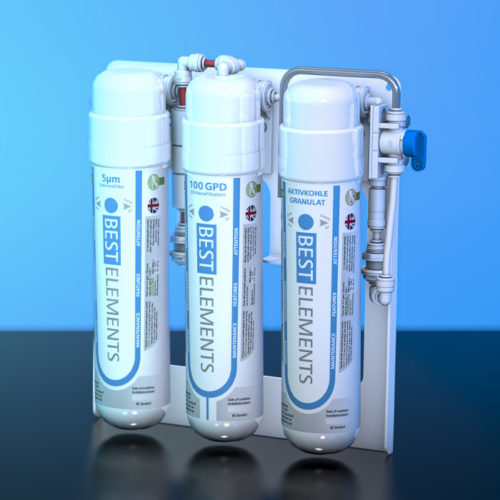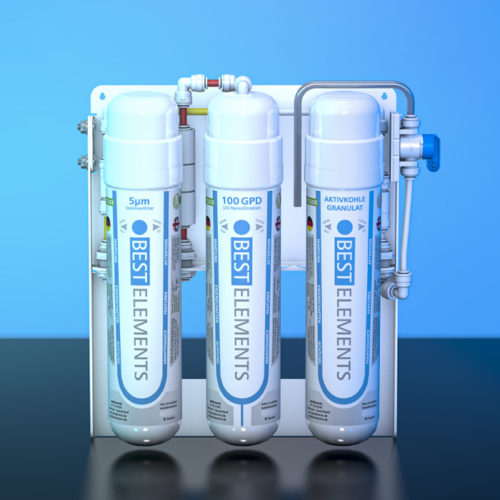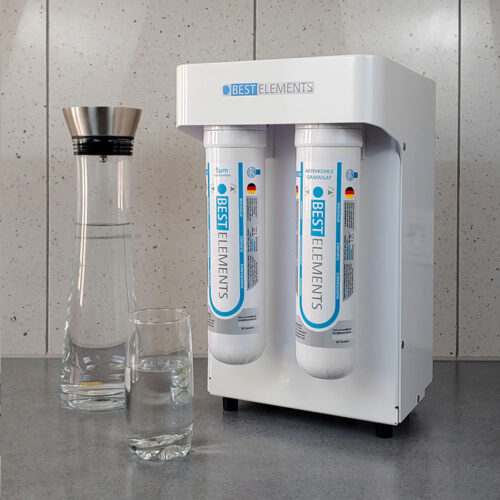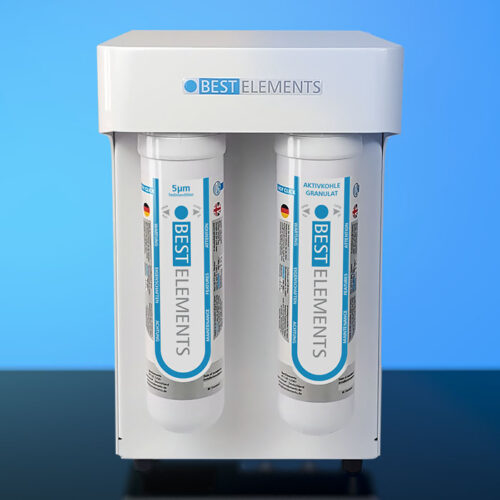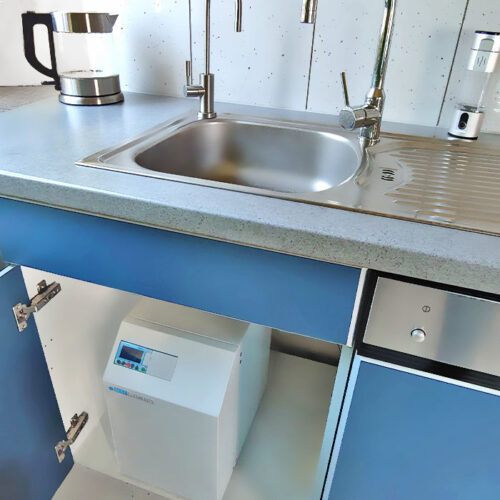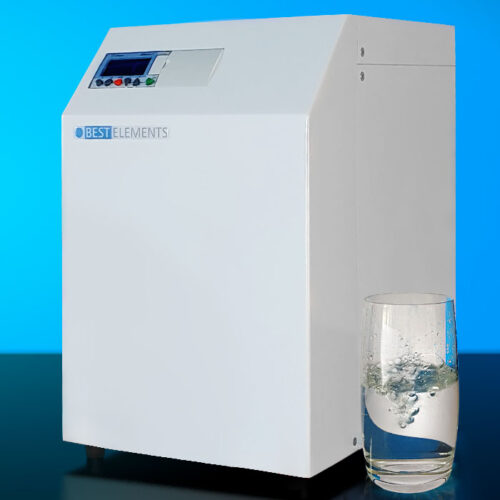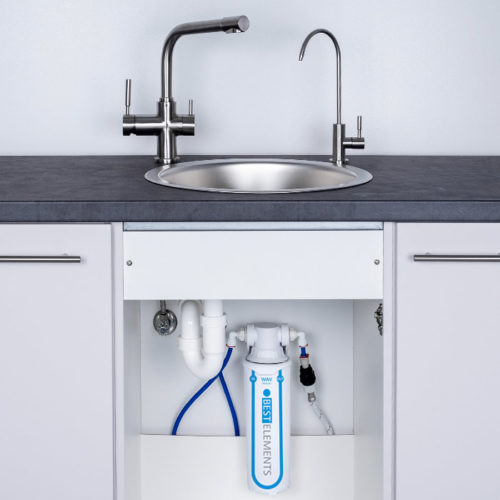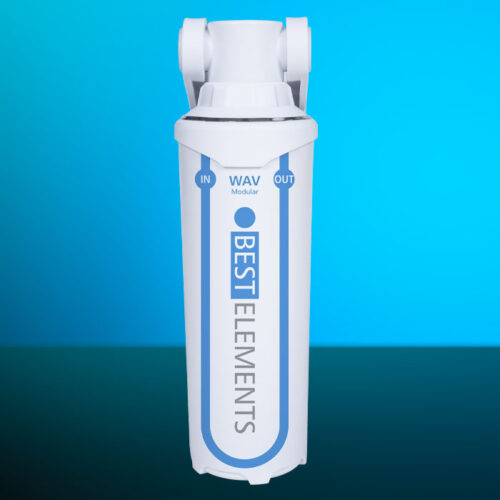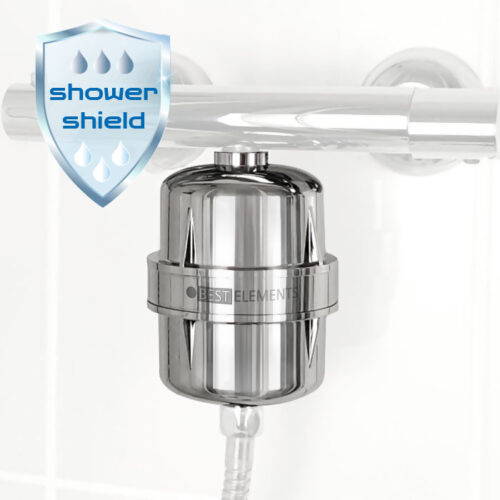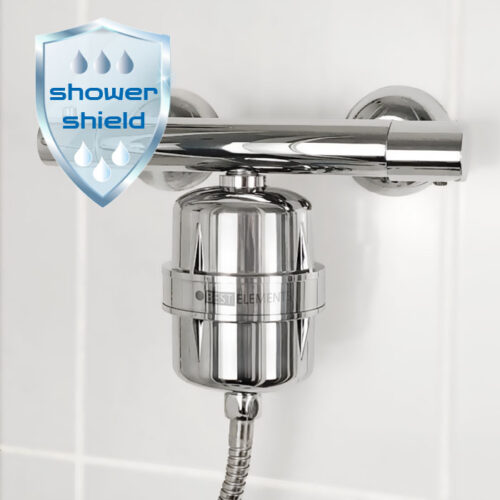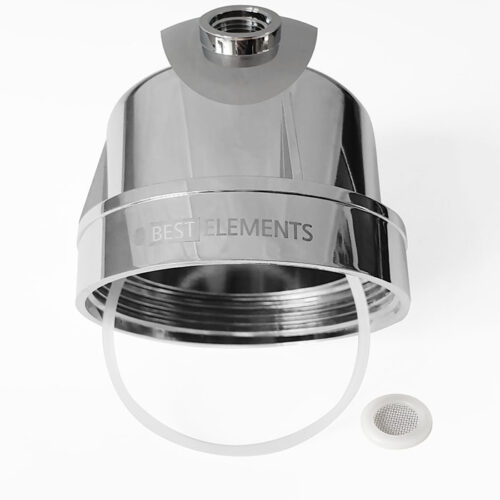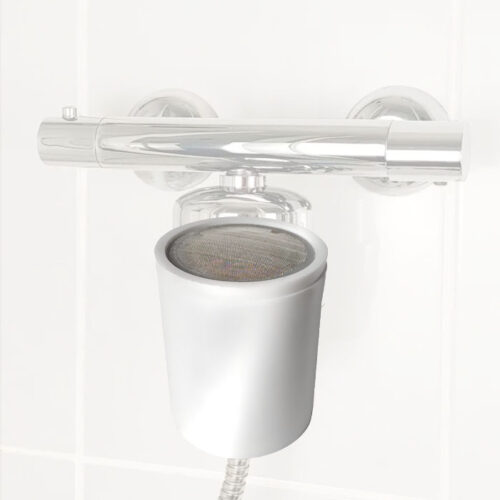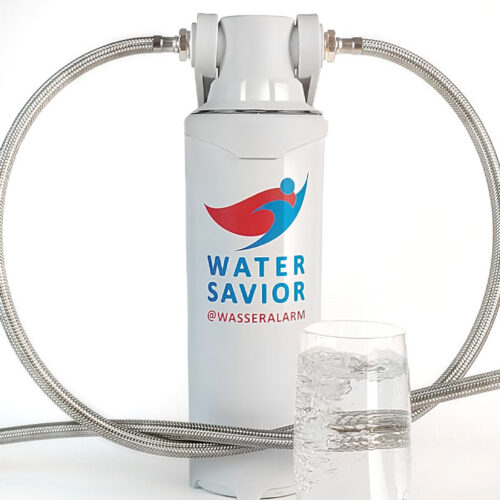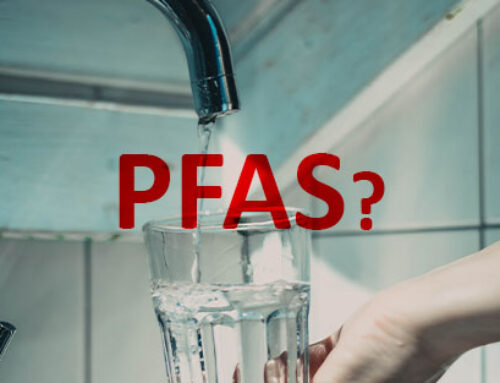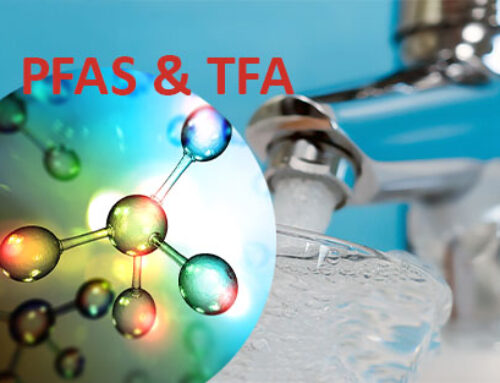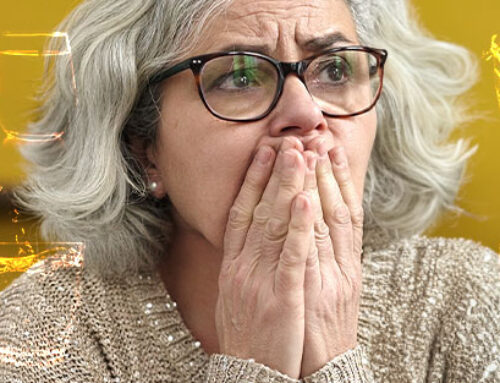Cocaine residue in the water
The Benzoylecgonin loads observed in wastewater indicate that cocaine use is highest in western and southern European cities, especially in cities in Belgium, the Netherlands and Spain. Very low levels were recorded in most Eastern European cities, but recent data shows signs of an increase.
Cocaine residues in wastewater, hotspots in Europe
2012
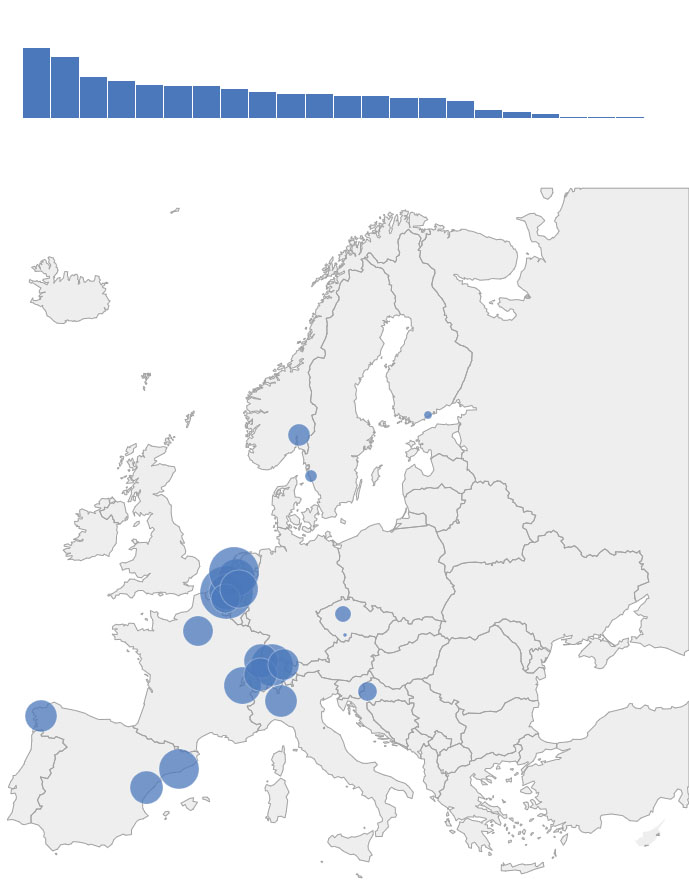
2018
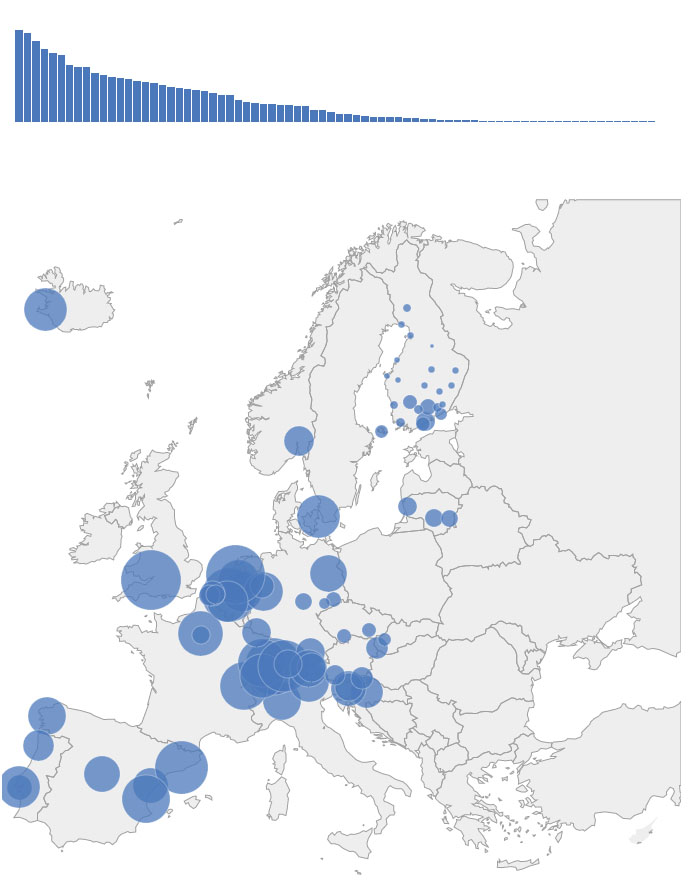
2020
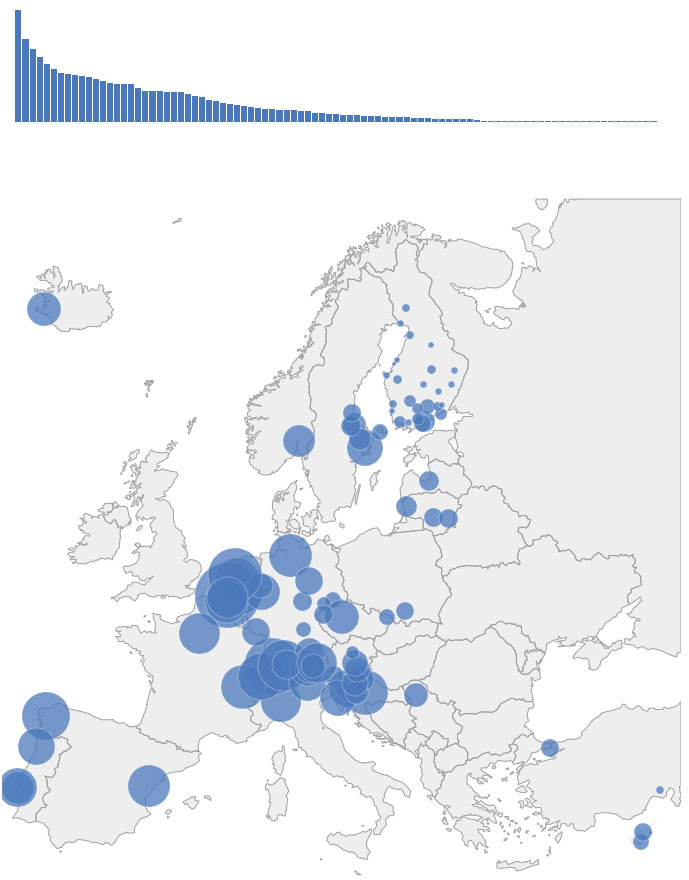
Aggregierte Trends bei Kokainrückständen in 8 EU-Städten, 2012 bis 2020
Trends in the average daily amounts of benzoylecgonine in milligrams per 1,000 inhabitants in Antwerp Zuid (Belgium), Zagreb (Croatia), Paris Seine Center (France), Milan (Italy), Eindhoven and Utrecht (Netherlands), Castellon and Santiago (Spain). These 8 cities were selected based on the availability of annual data from 2012 to 2020.
Cannabis residue in the water
Cannabis is the most widely consumed illicit drug in Europe with an estimated 22.2 million users last year. Cannabis use appeared to have been less affected during the pandemic lockdown periods, although there were differences between and within countries. The levels of THC-COOH observed in wastewater indicate that cannabis use was highest in western and southern European cities, particularly in cities in Croatia, France, Spain, the Netherlands and Portugal.
Cannabis residues in wastewater, hotspots in Europe
2012
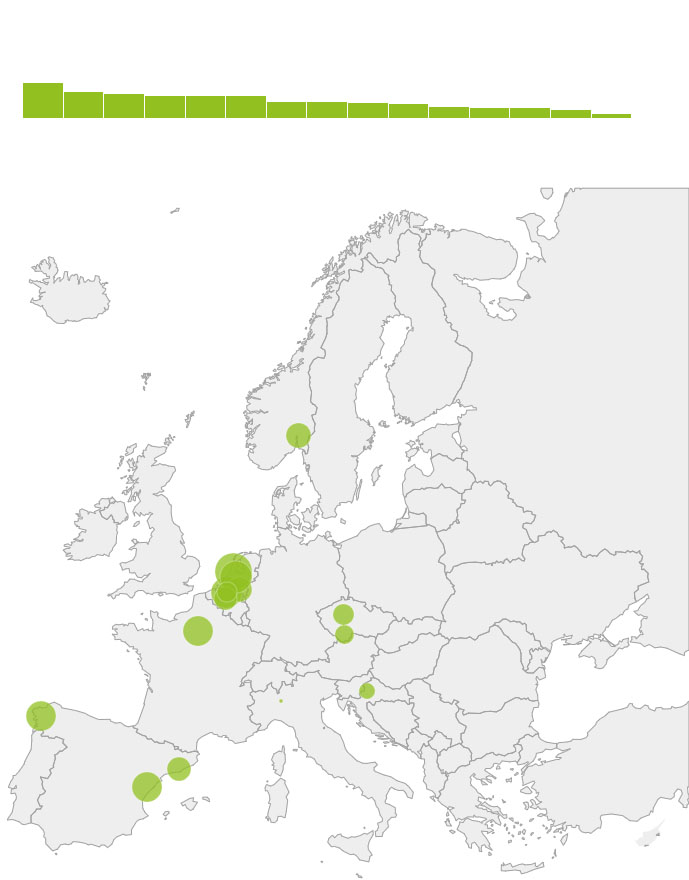
2018
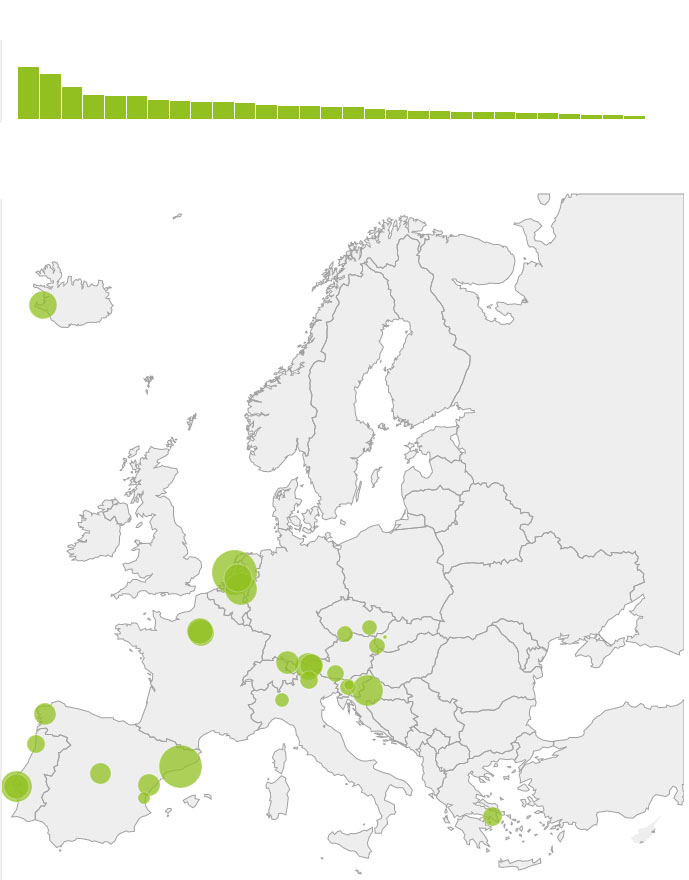
2020
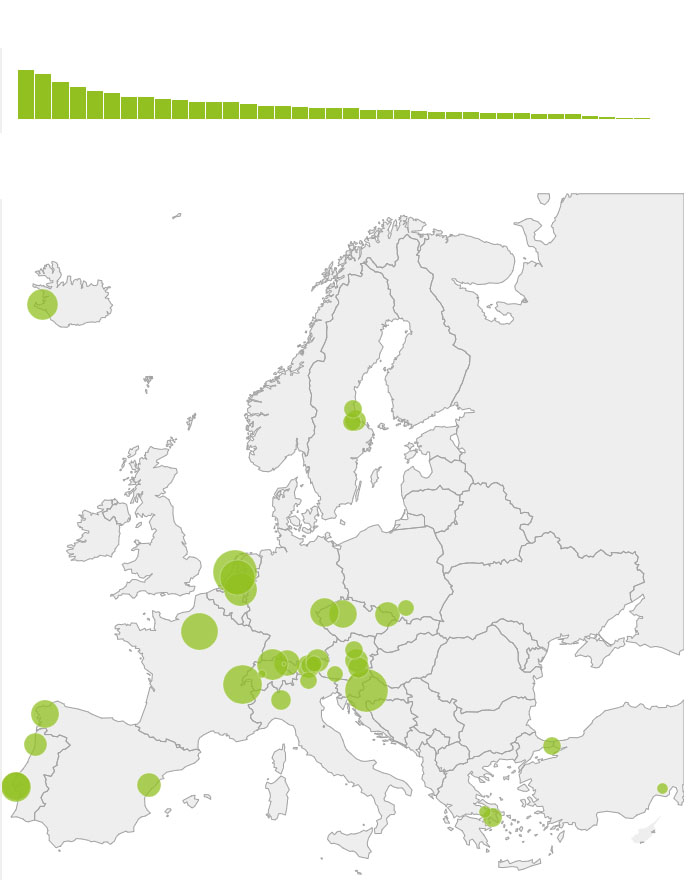
Amphetamine residue in the water
Amphetamine and methamphetamine, two closely related stimulants, are both consumed in Europe, although amphetamine is used much more frequently. Methamphetamine use has historically been restricted to the Czech Republic and more recently to Slovakia, although use has increased in other countries in recent years.
The amphetamine loads detected in the wastewater varied considerably between the study locations, with the highest values reported in cities in northern and eastern Europe. Amphetamine was found in much lower concentrations in cities in southern Europe.
Amphetamine residues in wastewater, hotspots in Europe
2012
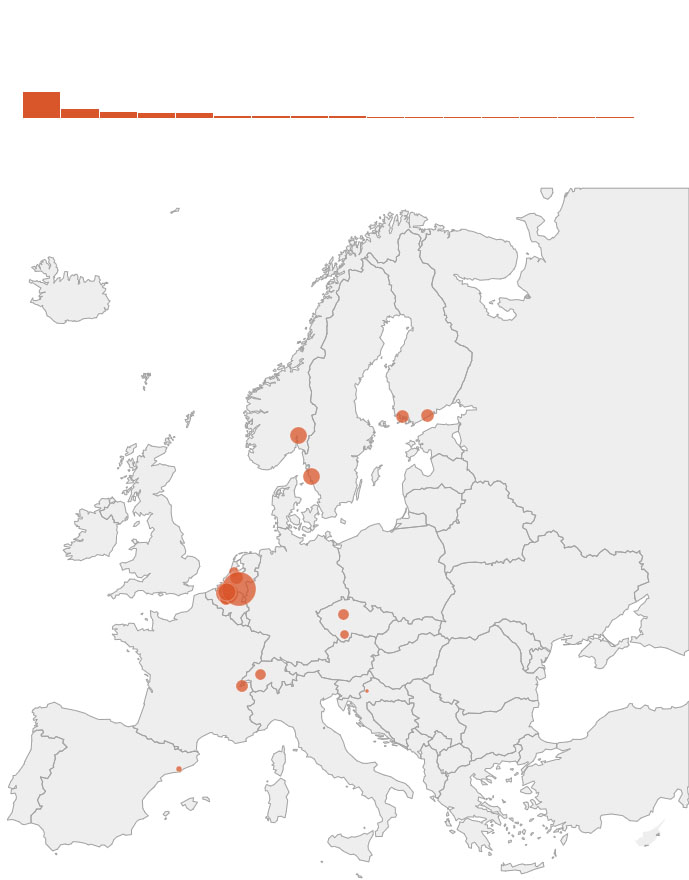
2018
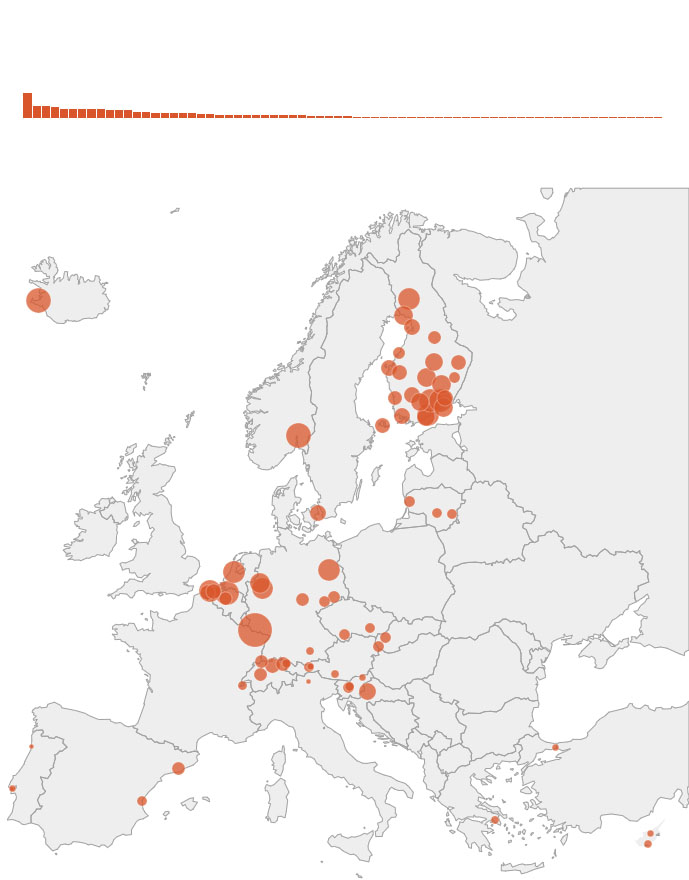
2020
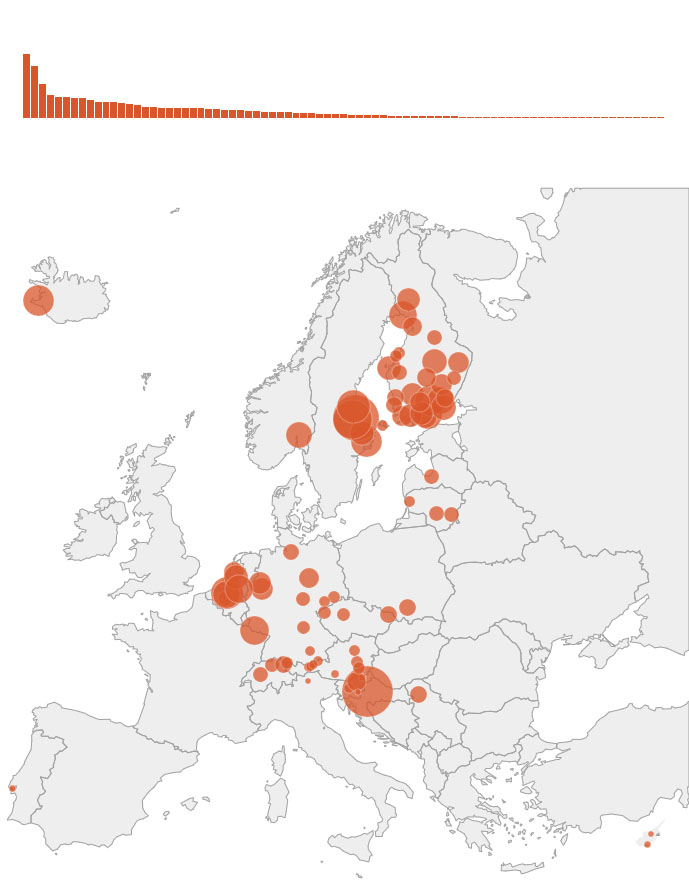
Methamphetamine residue in the water
Methamphetamine residues in wastewater, hotspots in Europe
2012

2018
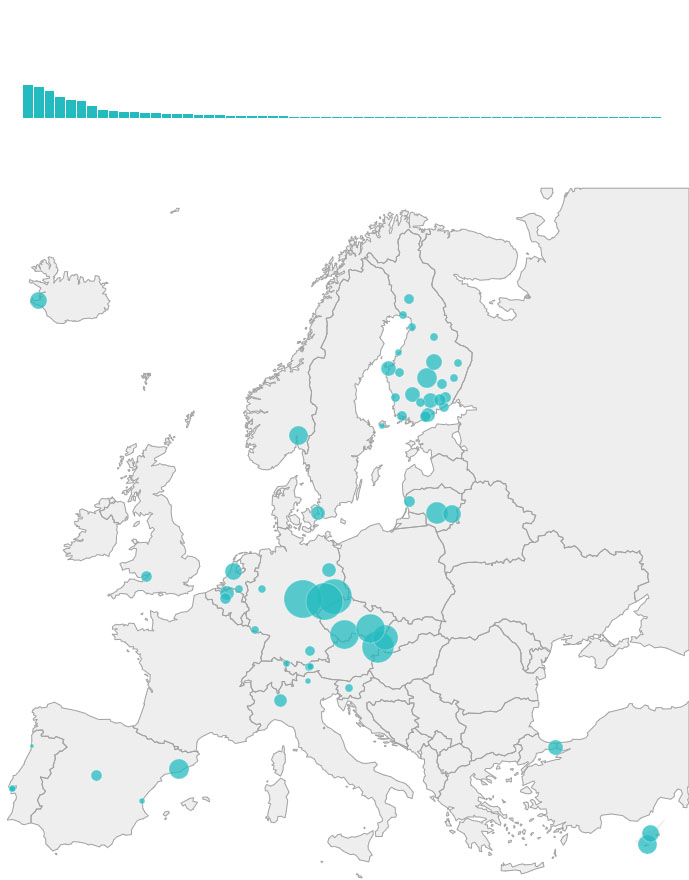
2020
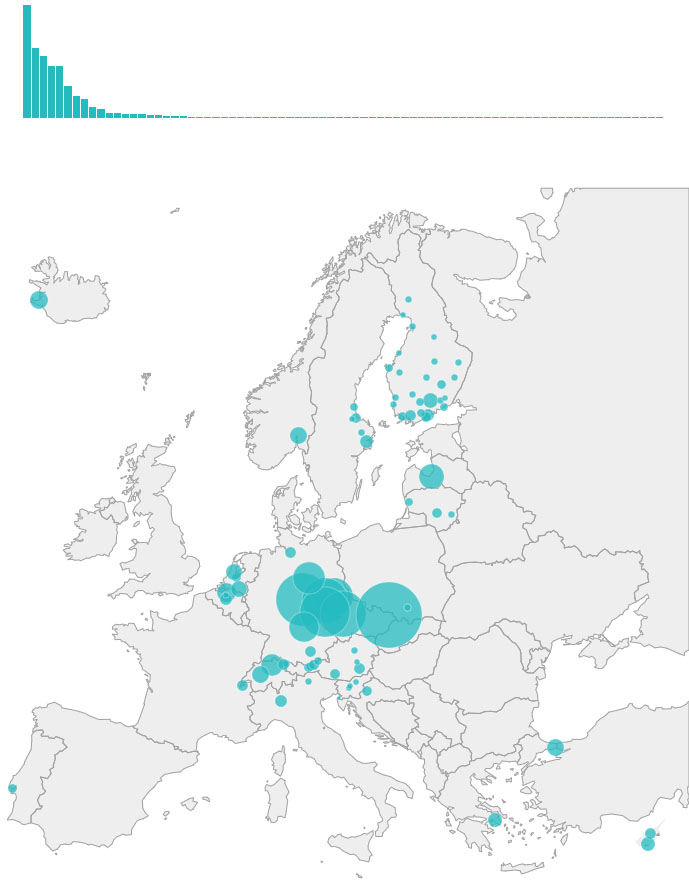
Aggregierte Trends bei Methamphetaminrückständen in 8 EU-Städten, 2012 bis 2020
Quelle EMCDDA und SCORE
Remove drug residues from the water
BestElements filter devices that work on the basis of molecular technology are able to remove drug residues from drinking water. The special thing is that the impurities do not remain in the filter device, but are led to the outside as waste water. This ensures long-term reliability.
Water filter for pure drinking water overview
These water filters remove bacteria, viruses, germs, limescale, PFAS, pollutants, hormones, drug residues and much more
Drinking water filter devices against contamination
Good water filters for pure drinking water
Approx. 40-50 substances are tested in drinking water in accordance with the requirements of the Drinking Water Ordinance. According to public sources, water can „easily contain 1500 substances of anthropogenic origin“. Including pollution from environmental toxins, industrial residues, manure fertilization from factory farming, medication, drugs, hormones, bacteria. The WHO requires the testing of „200 substances because of their known effects on health“ *. One reads more often about bacterial alarms and other drinking water alarms in the press releases.
High quality and safe reverse osmosis filter devices can remove these contaminants from drinking water. Bacteria, viruses, lime and many other unwanted components are also removed. There are now many models of reverse osmosis filter devices in various performance and price ranges on the market. The decisive factors for these filter devices are material purity, performance values and long-term safety… [read more]
The enrichment of drinking water with gaseous dissolved hydrogen as a natural antioxidant can help to bind and remove free radicals in the cells. Vitamins are also hydrogen compounds. An increased content of gaseous dissolved hydrogen could be detected in so-called healing springs.

